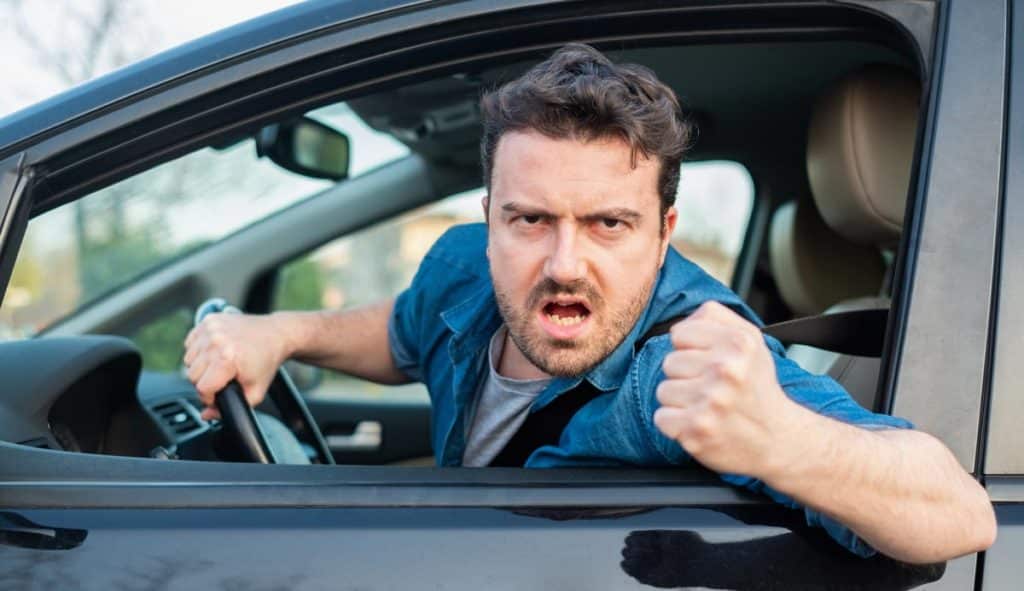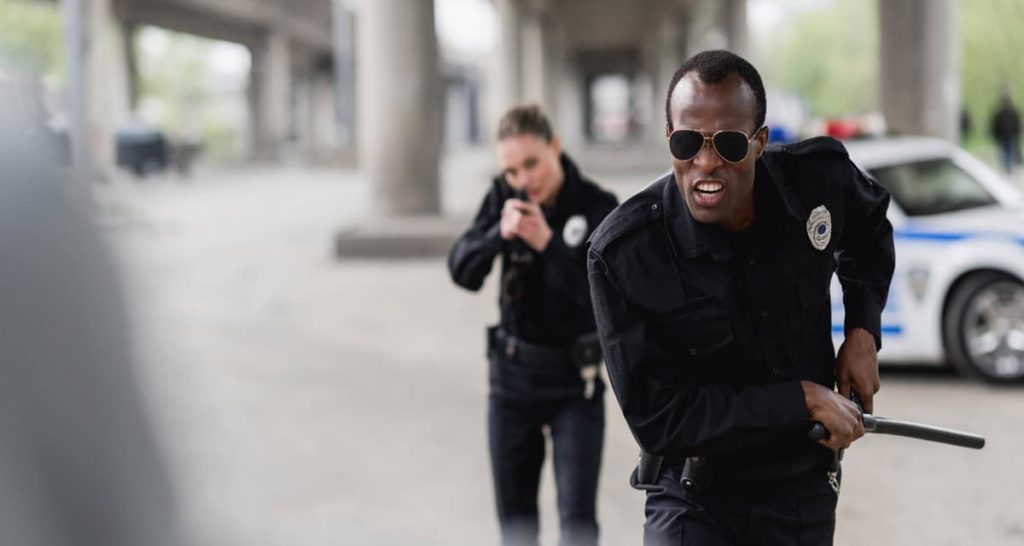There’s no doubt that California’s roads have become increasingly dangerous over the past few decades. Roads are more crowded, deadly crashes have recently spiked, and there have been a number of high-profile pedestrian and cyclist deaths throughout the state in just the past few months.
California lawmakers have noticed this, and they’re taking action. Many pedestrian safety initiatives are going into place over the next year, but there’s still more to be done. That’s one of the reasons behind the Freedom to Walk Act, also known as Assembly Bill (AB) 1238.
This controversial bill aims to keep pedestrians safer, but there’s some significant discussion about whether it will succeed. Here’s what you need to know about AB 1238 and why its effects may not be as clear-cut as they appear.
What Is the Freedom to Walk Act?
AB 1238, first introduced by Assemblyman Phil Ting of San Francisco, decriminalizes the act of jaywalking. Specifically, the bill “promotes the fair and equitable use of roadways by… [l]egalizing crossings, when safe, outside of a crosswalk or against a traffic light.”
Pedestrians Accidents and Fatalities in San Francisco
Pedestrian accidents are no small problem, either. In San Francisco alone, there have been four pedestrian fatalities in the first four months of 2021. Current estimates put the annual pedestrian accident numbers around 30 deaths and nearly 600 injuries in the Bay Area alone.
That’s with current jaywalking laws in place. Critics of the bill argue that removing restrictions on pedestrians may encourage more risky behaviors. However, there isn’t currently evidence that that will be the case.
Meanwhile, Jodie Medeiros, executive director of the pedestrian advocacy group Walk SF, states, “There is no evidence that jaywalking laws make streets safer, especially for the most vulnerable pedestrians: children and seniors. Limited resources for traffic enforcement should focus on reckless and deadly driving behavior, not ticketing pedestrians.
It’s important to note that of the four deaths so far this year, two have been senior adults, and one was a child. It’s not clear whether any of these people were jaywalking at the time because California simply doesn’t collect that information currently.
Jaywalking Basics
The crime of jaywalking, or crossing the street outside of those narrowly prescribed circumstances, is common throughout the country. Currently, it’s considered an infraction, which is lower than a misdemeanor or felony. Still, it carries surprisingly high penalties.
For example, a single instance of jaywalking can lead to a ticket of as much as $250. That’s a significant amount for many people, especially for an offense that most people commit without thinking much about it. From Ting’s perspective, the process of ticketing someone for jaywalking also leads to many unnecessary confrontational police-citizen interactions.
The idea behind decriminalization is that pedestrians will be able to go about their lives with fewer costly and potentially dangerous interruptions.
Safety Goals of AB 1238
It’s not just about the money, according to Assemblyman Ting. The primary purpose of the bill is to keep pedestrians safe from police. According to the official press release on the subject, one of the top three motivations for the bill is to prevent “police from using jaywalking as a pretext to stop Black and Brown people, especially since under-resourced neighborhoods often lack adequate crossing infrastructure.”
This is a reasonable goal. From 2018 to 2020, the California Racial and Identity Profiling Act collected data that showed that Black California residents were stopped for jaywalking more than four times more often than white people. Since 2017, there have been three high-profile stops where a black person was stopped by California police for jaywalking and was killed or beaten on camera during the stop.
By legalizing jaywalking, the goal of the Act is to protect Black pedestrians from these dangerous interactions. The Freedom to Walk Act aims to protect California citizens from unfair profiling while simply living their lives.
But Will It Work?
The biggest problem with decriminalizing any action is that there was generally a reason that the act was illegal in the first place. In the case of jaywalking, the goal of the legislation is to keep people from taking risks while crossing the road. Decriminalizing jaywalking may have the unintended effect of leading to more dangerous pedestrian behaviors.
That’s the claim of those who are against the bill. The argument is that the language of the bill is dangerously vague. Simply stating that people may cross the road wherever they want as long as it’s “safe” does nothing to prevent people from taking risky actions. If the streets are not also changed to be safer overall, then jaywalking decriminalization may be an empty gesture when it comes to pedestrian injuries.
Implementing the Act
If the Freedom to Walk Act is put in place, it will need to be done carefully. Other bills, such as Assembly Bill 550, which would lower speed limits in dangerous areas, would need to be put in place simultaneously. Otherwise, the safety gains made by protecting people from bias might be counteracted by the encouragement of dangerous street crossing. Maintaining current laws while removing the restrictions on hazardous behavior is a zero-sum game.
Safety Tradeoffs: Worth the Effort?
Keeping pedestrians safe is a worthy goal, but it’s simply not clear what the Freedom to Walk Act will actually achieve876. It will likely help protect people from discriminatory law enforcement officials, but it may not provide safety from car accidents. More studies should be done to identify whether the two types of harm will simply cancel out.
If you or someone you love has been injured or killed after being struck by a car on the sidewalks of San Francisco, you’re not alone. California roads are dangerous for everyone, motorists and pedestrians alike. You deserve support as you fight against the person who injured you. Reach out to an experienced pedestrian accident attorney to learn more about how you can fight back.





